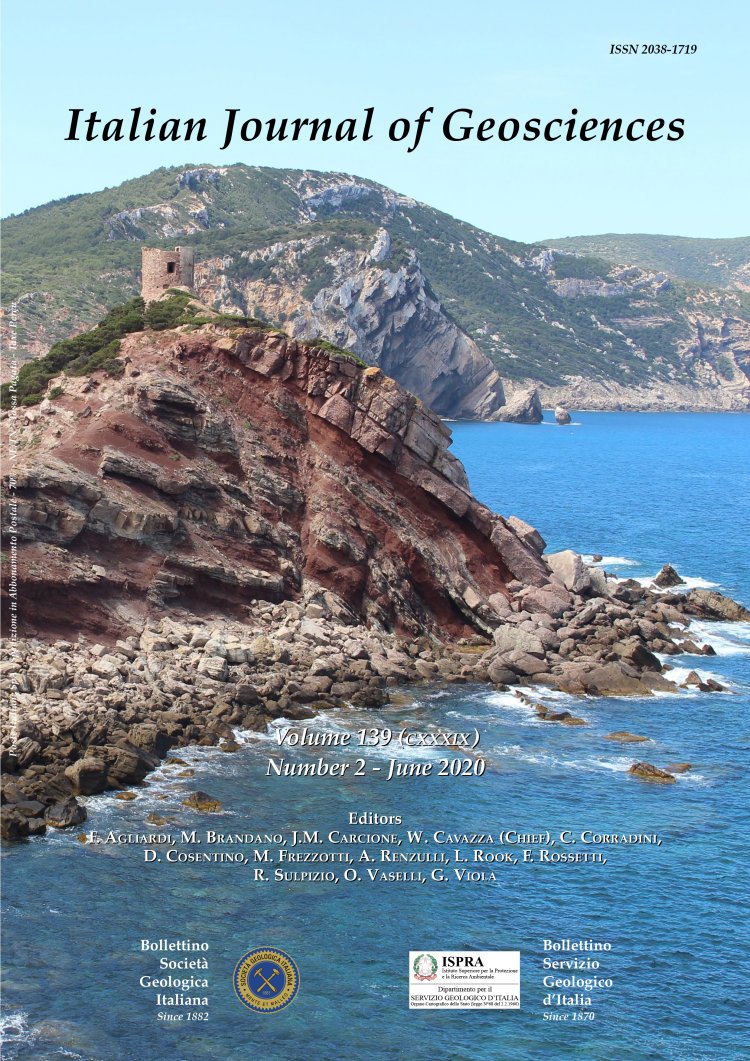
New seismic evidence of the Messinian paleomorphology beneath Lake Maggiore area (Italy)
Ferdinando Franco Cazzini (1), Chiara Amadori (1), Alberto Bosino (1) & Roberto Fantoni (2)
(1) Department of Earth and Environmental Sciences, University of Pavia, 27100 Pavia, Italy.
(2) ENI Upstream & Technical Services, 20097 San Donato Milanese, Italy.
Corresponding authors e-mail: ferdinandofranco.cazzini@unipv.it
Volume: 139 (2020) f.2
Pages: 195-211
Abstract
Lake Maggiore is located on the boundary between the regions of Piedmont and Lombardy, in Northern Italy, and is one of the main sub-alpine lakes. The availability in this area of an extended seismic database composed of different grids projects (ISMES, PNR20/ Magadino and ENI Po Plain) associated with a well dataset (ViDEPI Project), offers the opportunity to investigate with unprecedented details the buried geomorphology of the paleo-canyons of the Ticino and Toce Rivers along the Southern Alps margin. The canyons were originated by the drop of the Mediterranean Sea level during the Messinian Salinity Crisis (MSC) which paved the way to deep fluvial erosion along the Po Plain Basin margin. The paleo-canyon of the Ticino River is, for the first time, entirely displayed on a depth map from Magadino (Switzerland) to the Po Plain south of Sesto Calende (Italy) with a 3D representation option. The interpretation results confirm the existence of a continuous subsurface paleo-canyon of Messinian age hidden beneath the recent sediments of Lake Maggiore. The canyon extends northward along the Ticino Valley in Switzerland and southward on the subsurface of the Po Plain (Italy). Seismic evidence indicates that the Messinian paleo-Ticino River probably had a different pathway compared to the present day. Moreover, from seismic and geomorphological data interpretation, we hypothesize that the Toce, currently one of the main tributaries of Lake Maggiore, had a different path during the Messinian, and probably flowed along the Orta Valley towards the Po Plain. Therefore, the fluvial capture of the river Toce River by the Ticino River is datable as post-Messinian.
Keywords
Get Full Text